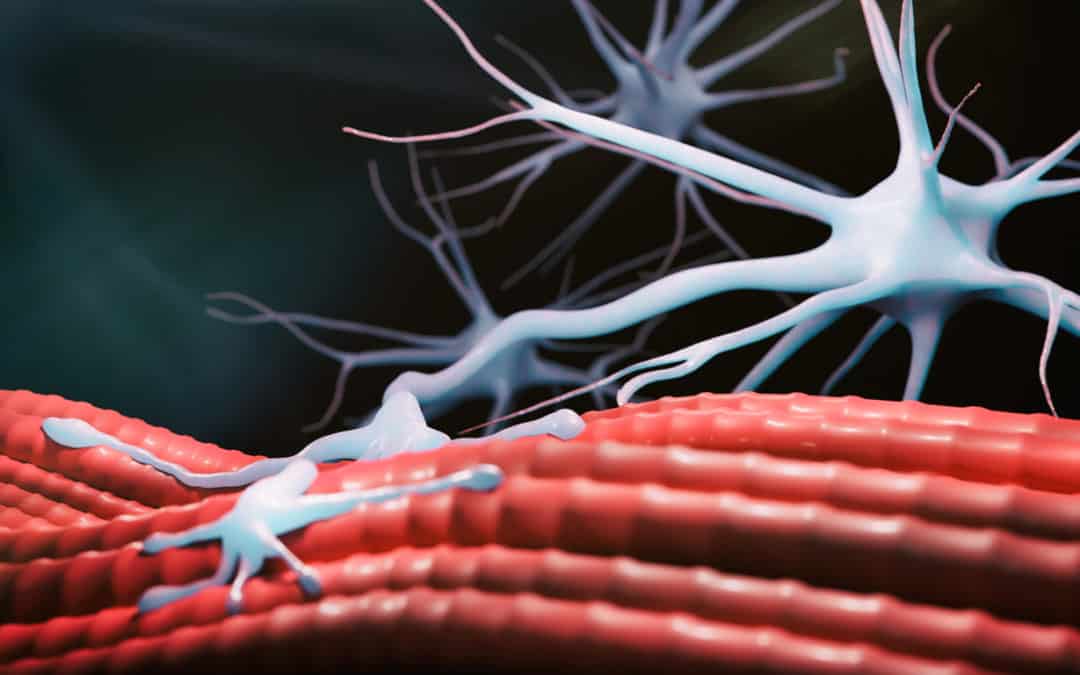Muscle strain and muscle tears are not limited to sports injuries, they can also occur on the job or at home. One wrong move, a fall, or any injury can lead to significant muscle damage in the back, legs, or arms.
A strain or pulled muscle occurs when the fibers in the muscles are overstretched. When those fibers become stretched so thin that they break, it becomes a muscle tear.
Depending on the severity of the injury, it may take anywhere from a few days to several weeks to fully heal from these injuries. Muscle regeneration usually starts during the first four to five days after injury, peaks at two weeks, and then gradually diminishes three to four weeks after the injury [1]. In severe cases, it may take surgery to repair a muscle tear.
Can cellular treatments help patients heal more quickly and naturally from these injuries?
How Do Cellular Treatments Promote Healing Muscle Tissue?
Cellular treatments for musculoskeletal injuries operate on the principle that the body has the ability to heal itself. Regenerative medicine specialists use certain cells in our body that are involved in healing to stimulate the repair of damaged tissues and augment the body’s healing response.
These innovative cell therapies have been successfully used to treat orthopedic conditions.
- Platelet Rich Plasma: Platelets in blood release growth factors and proteins that promote tissue repair, while the plasma carries the hormones, electrolytes, and nutrients required to nourish cells during the healing process. Platelet-rich plasma treatments can be customized to create specific formulations for each type of tissue being treated (muscle, tendon, ligament, cartilage).
- Stem Cell Treatments: Cells derived from the patient’s own bone marrow or adipose (fat) tissue produce molecules that stimulate the production of new blood vessels, awaken other stem cells and encourage newly forming cells to produce collagen and other proteins essential for creating new healthy new tissue.
The use of cell therapies for muscle injuries have been studied in many clinical trials. There is evidence that it can induce muscle cell proliferation, assist with tissue healing and shorten the time for athletes to return to sports after an injury [2]. Nevertheless, more studies are needed to evaluate the use of PRP for muscle injuries. There are many exciting new potential therapeutic applications of cellular therapies like stem cell treatments in repairing muscle injuries without the need for surgery [3] [4]. Advances in tissue engineering and biotechnology will pave the way for this to become a reality in the near future.
Drs. Christopher Rogers and Mary A. Ambach of San Diego Orthobiologics Medical Group are nationally recognized experts in the field of regenerative medicine. For more than 20 years, they have been helping patients with joint and spine injuries overcome their pain through the latest advances in cell-based treatments.
[2] https://www.ncbi.nlm.nih.gov/pmc/articles/PMC6220013/
[4] https://www.nature.com/articles/s41536-020-0094-3
